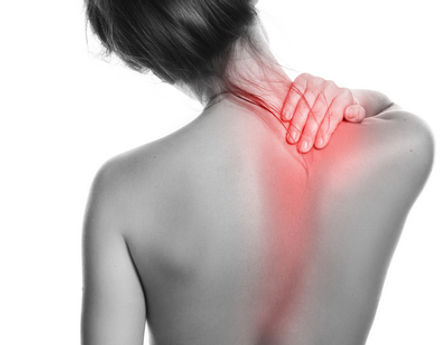Treatment of low bone density disease
Schedule an appointment with a professional rheumatologist consultant to get rid of pains caused by disease of low bone density. Tap the button below to fill the contact form.
What is low bone density?
Low bone density, also known as osteopenia, is a midway point between healthy bones and osteoporosis. It is diagnosed when a person’s bone density is lower than average but not low enough to be considered osteoporosis. Similar to osteoporosis, low bone density occurs when new bone growth does not keep pace with bone breakdown. It typically occurs around the age of 50 and is more commonly found in women.
Low bone density can be caused by a lack of calcium, smoking, or hormonal changes related to aging. Patients with osteopenia are at a greater risk of developing osteoporosis in the future. They are also more likely to have a bone fracture compared to those with normal bone density.

Symptoms and causes
There are usually no symptoms of low bone density. This means that low bone density can be difficult to diagnose. A bone mineral density test is usually required for diagnosis.
Some people have naturally lower bone density due to genetics, and that does not necessarily mean they have osteopenia. Other conditions can contribute to developing low bone density, including eating disorders, metabolic problems, prolonged use of steroids, prior chemotherapy treatment or exposure to radiation. A family history of the disease also increases the chances of developing low bone density, as do smoking, excessive drinking and a sedentary lifestyle.

There are a variety of treatment options for low bone density. The most common treatments include lifestyle changes such as increasing intake of calcium and vitamin D, getting more exercise and quitting smoking. Calcium is found in dairy products and green vegetables as well as supplements. Vitamin D is found in eggs, fish and fish oil; your body also produces vitamin D in response to sunlight.
Exercise is encouraged, especially walking, hiking and dancing. Sometimes, patients start medication most often prescribed for osteoporosis. These medicines include bisphosphonates, raloxifene and hormone replacement. Maintaining a balanced diet and getting regular exercise can help reduce the risk of low bone density or at least slow its development.
Treatment of low bone density







